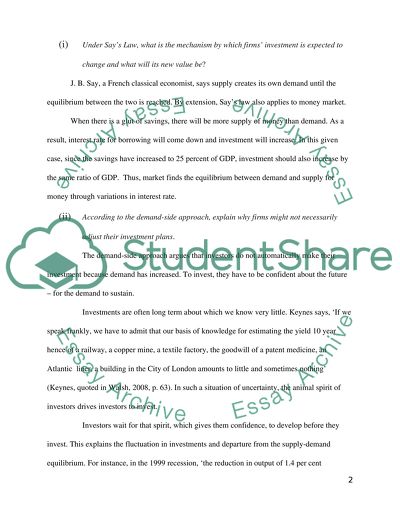Cite this document
(“Investment in an Uncertain World Essay Example | Topics and Well Written Essays - 2000 words”, n.d.)
Retrieved from https://studentshare.org/finance-accounting/1430940-investment-in-an-uncertain-world
Retrieved from https://studentshare.org/finance-accounting/1430940-investment-in-an-uncertain-world
(Investment in an Uncertain World Essay Example | Topics and Well Written Essays - 2000 Words)
https://studentshare.org/finance-accounting/1430940-investment-in-an-uncertain-world.
https://studentshare.org/finance-accounting/1430940-investment-in-an-uncertain-world.
“Investment in an Uncertain World Essay Example | Topics and Well Written Essays - 2000 Words”, n.d. https://studentshare.org/finance-accounting/1430940-investment-in-an-uncertain-world.


